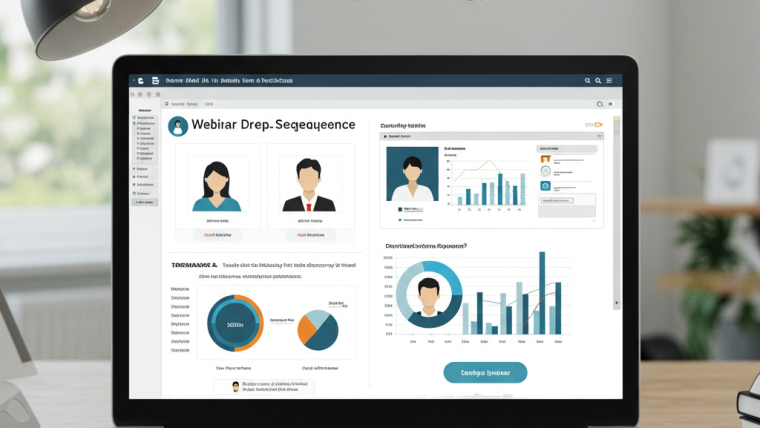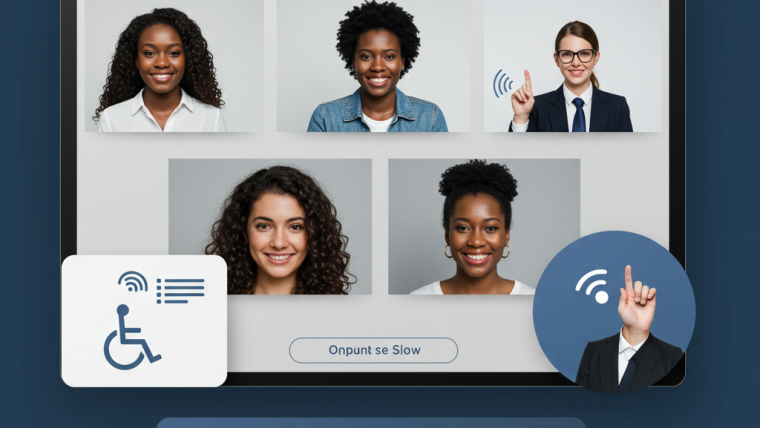In the digital landscape of remote communication, webinars have become an essential tool for businesses, educators, and community organizers. As participation in these virtual events rises, so do questions about privacy and visibility. One of the most common concerns for participants is straightforward yet important: can webinar hosts see attendees? The answer varies depending on platform capabilities, host settings, and attendee permissions—making it a nuanced topic worth exploring.
What Information Can Webinar Hosts Actually See?
When you join a webinar, you might wonder what information about you is visible to the host. The reality is that webinar platforms typically provide hosts with varying levels of attendee visibility.
Basic Attendee Information
Most webinar platforms allow hosts to see:
- Names and email addresses (provided during registration)
- Join and exit times
- Attention metrics (how engaged you were during the session)
- Location data (often at the country or city level)
- Device and browser information
For example, Zoom, one of the most popular webinar platforms, shows hosts a participant list with names and email addresses by default. Similarly, GoToWebinar provides hosts with attendee reports containing engagement data.
Engagement and Interaction Data
Beyond basic information, hosts can typically monitor:
- Poll responses and survey answers
- Questions submitted through Q&A features
- Chat messages (both public and, in some cases, private)
- Raised hands or other participation signals
- Screen sharing or whiteboard interactions
This level of visibility helps hosts gauge audience engagement and tailor their presentation accordingly. At <a href=”https://livecasthub.com”>LiveCast Hub</a>, we’ve found that understanding attendee engagement metrics is crucial for improving future webinar experiences.
Visual and Audio Visibility
The most direct form of visibility—seeing and hearing attendees—depends on the webinar format:
- Webinar-style events: Attendees typically join with cameras and microphones disabled by default
- Meeting-style events: Participants may have the option to enable their cameras and microphones
It’s important to note that even in webinar-style events, hosts often have the ability to grant speaking privileges to specific attendees, temporarily giving them audio and sometimes video visibility.
How Visibility Varies Across Popular Webinar Platforms
Different platforms offer varying levels of attendee visibility to hosts.
Zoom Webinar
Zoom’s webinar feature limits what hosts can see compared to regular Zoom meetings:
- Hosts can see attendee names but cannot see attendees’ video unless they’re promoted to panelists
- Attendees can be promoted to panelists with full audio/video capabilities
- Attendance reports include join/leave times and attention indicators
- Q&A, polling, and chat features are visible to hosts
Microsoft Teams
When hosting webinars through Teams:
- Hosts can see attendee names in the participant list
- Visibility of attendees’ video depends on whether the event is conducted as a meeting or a webinar
- Engagement reports include attendance duration and interaction data
- Questions and reactions are visible to hosts
WebEx Events
Cisco’s WebEx platform provides:
- Comprehensive attendee lists with registration information
- Attention tracking to see if attendees have the webinar window in focus
- Detailed post-event reports on participation and engagement
- Ability to see raised hands and manage attendee audio/video permissions
Privacy Controls for Webinar Attendees
If you’re concerned about visibility as an attendee, most platforms offer various privacy controls:
Registration Options
When registering for webinars, consider:
- Using a professional rather than personal email address
- Being mindful of what information you provide in registration forms
- Reading the privacy policy to understand how your data will be used
During the Webinar
While participating in a webinar:
- Use the platform’s privacy settings to control your visibility
- Be aware that hosts can see your questions and chat messages
- Understand that engagement metrics may be tracked
- Consider using a virtual background if video is enabled
Many attendees don’t realize that hosts can track whether they’ve clicked away from the webinar window. This “attention tracking” feature exists on several platforms, though some have limited or removed it due to privacy concerns.
Host Responsibilities and Ethical Considerations
Webinar hosts have both technical capabilities and ethical responsibilities regarding attendee visibility.
Transparency About Monitoring
Ethical hosts should:
- Inform attendees about what information will be collected
- Explain how attendee data will be used
- Obtain appropriate consent for recording sessions
- Respect privacy boundaries when interacting with attendees
Data Security and Compliance
Hosts must also consider
- Secure storage of attendee information
- Compliance with privacy regulations like GDPR or CCPA
- Appropriate sharing of attendee data with co-hosts or sponsors
- Retention policies for webinar recordings and attendee information
The Future of Attendee Visibility in Webinars
As virtual events evolve, we can expect changes in how attendee visibility works:
- Enhanced privacy controls giving attendees more granular options
- More sophisticated engagement metrics for hosts
- Greater transparency about what information is being collected
- Balanced approaches that protect privacy while facilitating meaningful interaction
The tension between host visibility needs and attendee privacy concerns will continue to shape platform development, with the most successful platforms finding ways to respect both.
Conclusion
So, can webinar hosts see attendees? Yes, but the extent of visibility depends on the platform, settings, and format of the webinar. Hosts typically have access to basic identifying information, engagement metrics, and interaction data—but rarely have full audio/visual access to attendees unless specifically enabled.
Whether you’re hosting or attending webinars, understanding these visibility dynamics helps create more transparent and comfortable virtual environments. Hosts benefit from knowing what information is available to improve their presentations, while attendees can make informed decisions about their level of participation and information sharing.
By balancing the need for engagement data with respect for privacy, the webinar experience can remain valuable and secure for everyone involved. Remember, the goal of visibility in webinars isn’t surveillance but rather facilitating meaningful connection in virtual spaces.








Webinar Analytics: A Complete Guide to Measuring Success and Improving Performance
The Ultimate Webinar Follow-Up Strategy to Turn Attendees into Customers
Webinar Accessibility Best Practices: How to Make Your Online Events Inclusive for All
Webinar Personalization: Tailoring Content to Audience Segments for Maximum Engagement